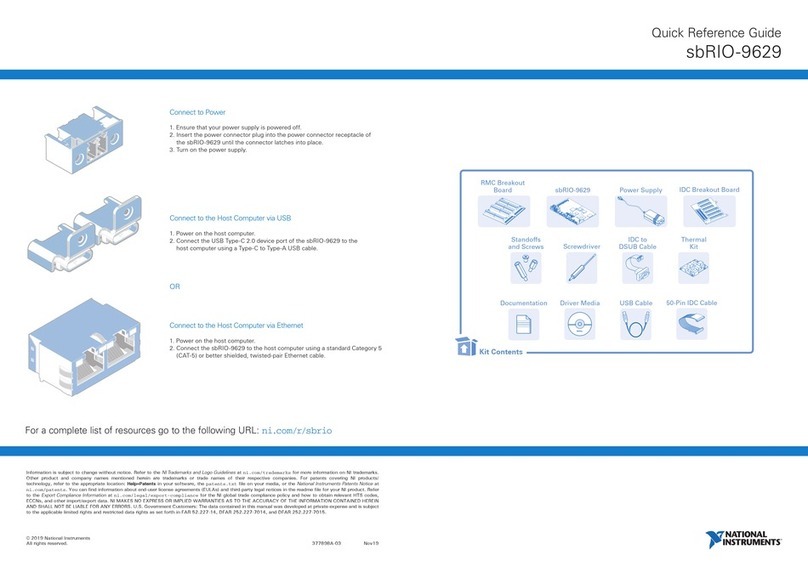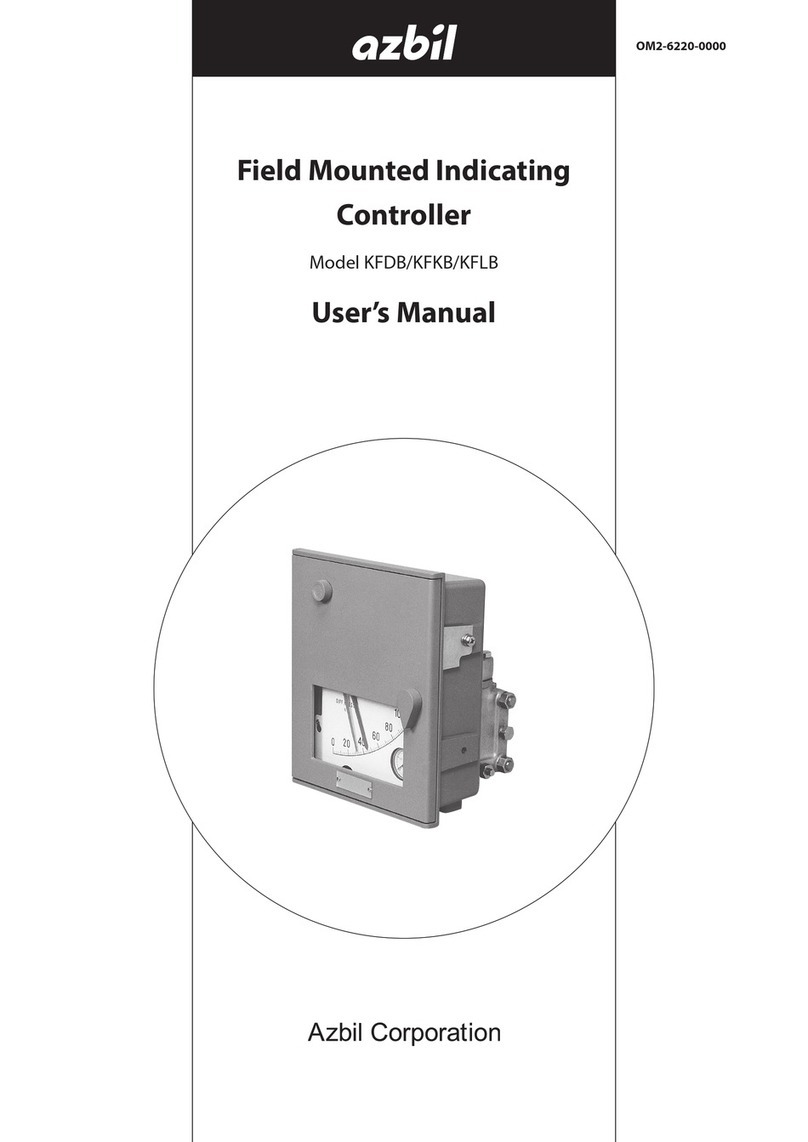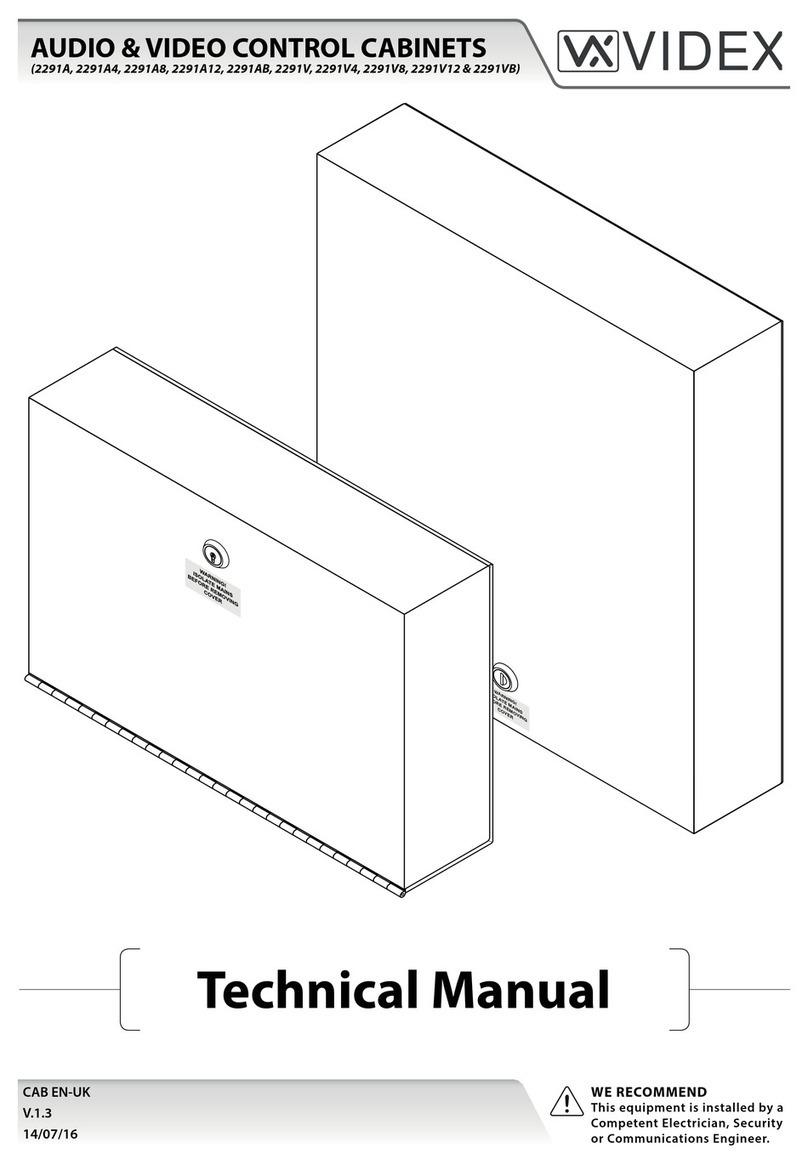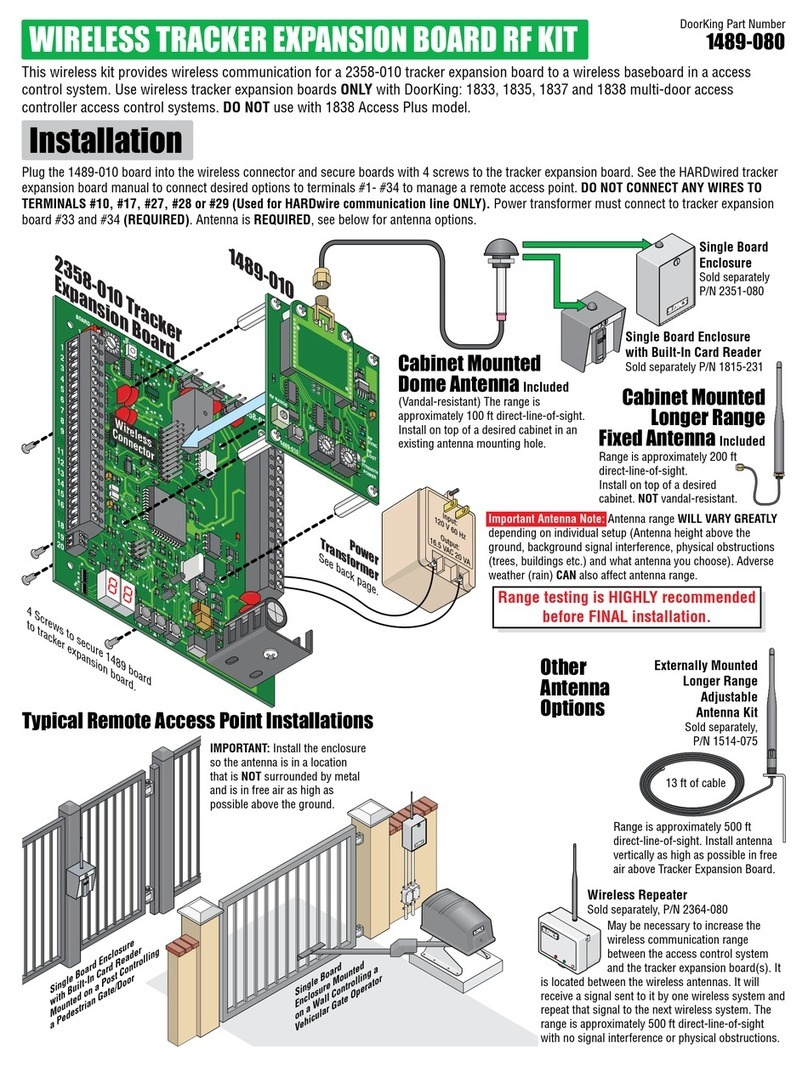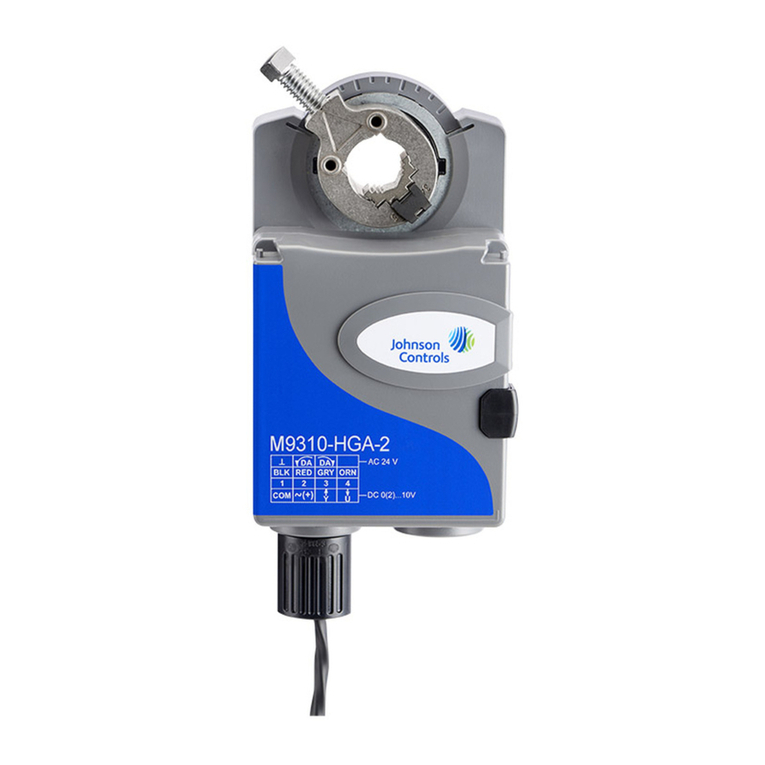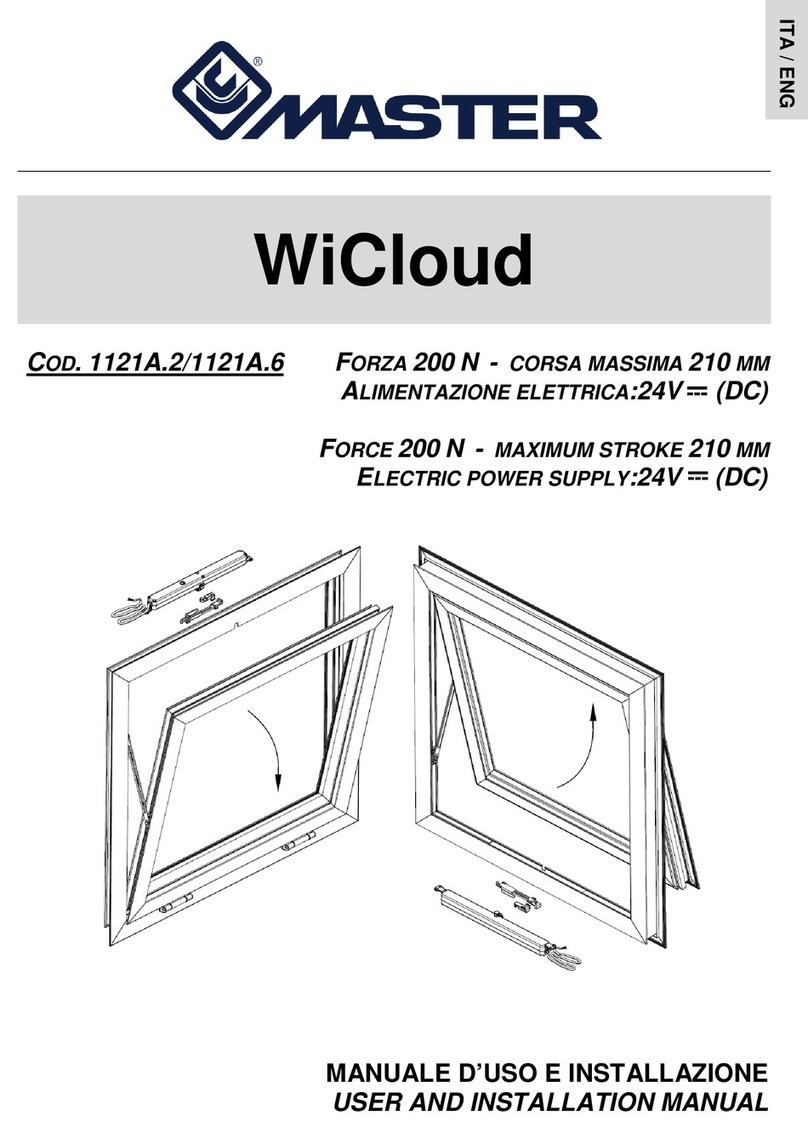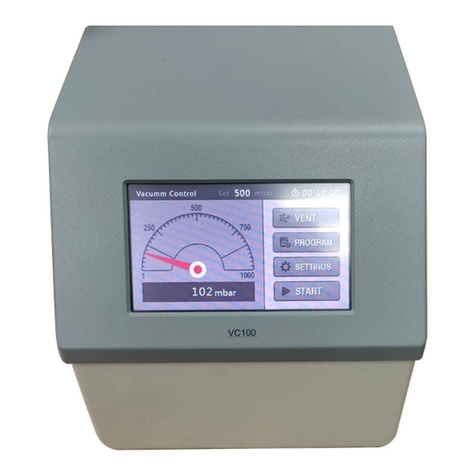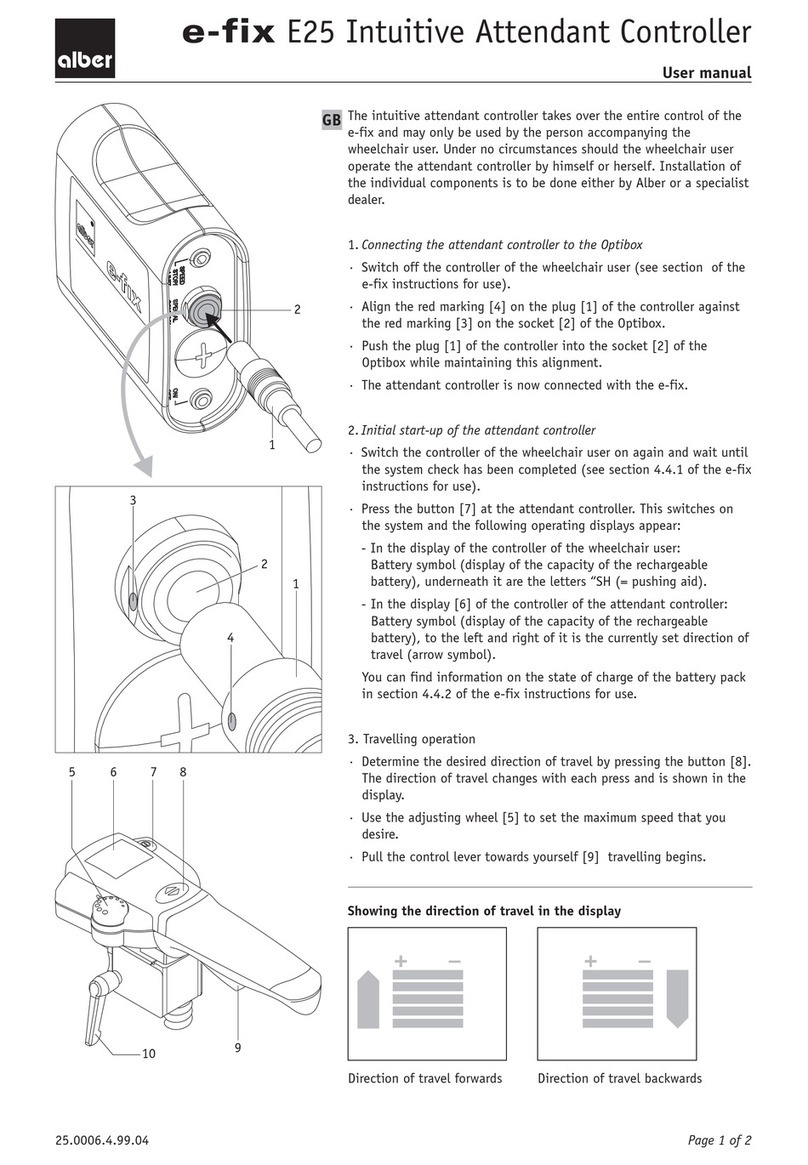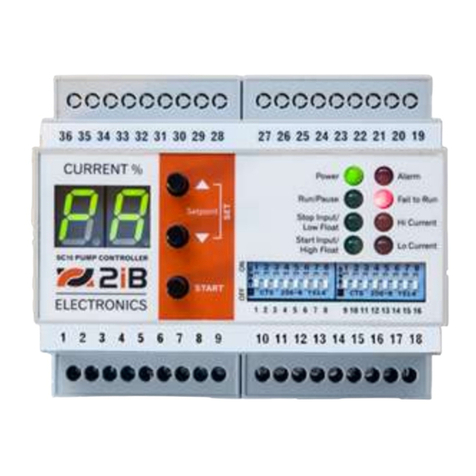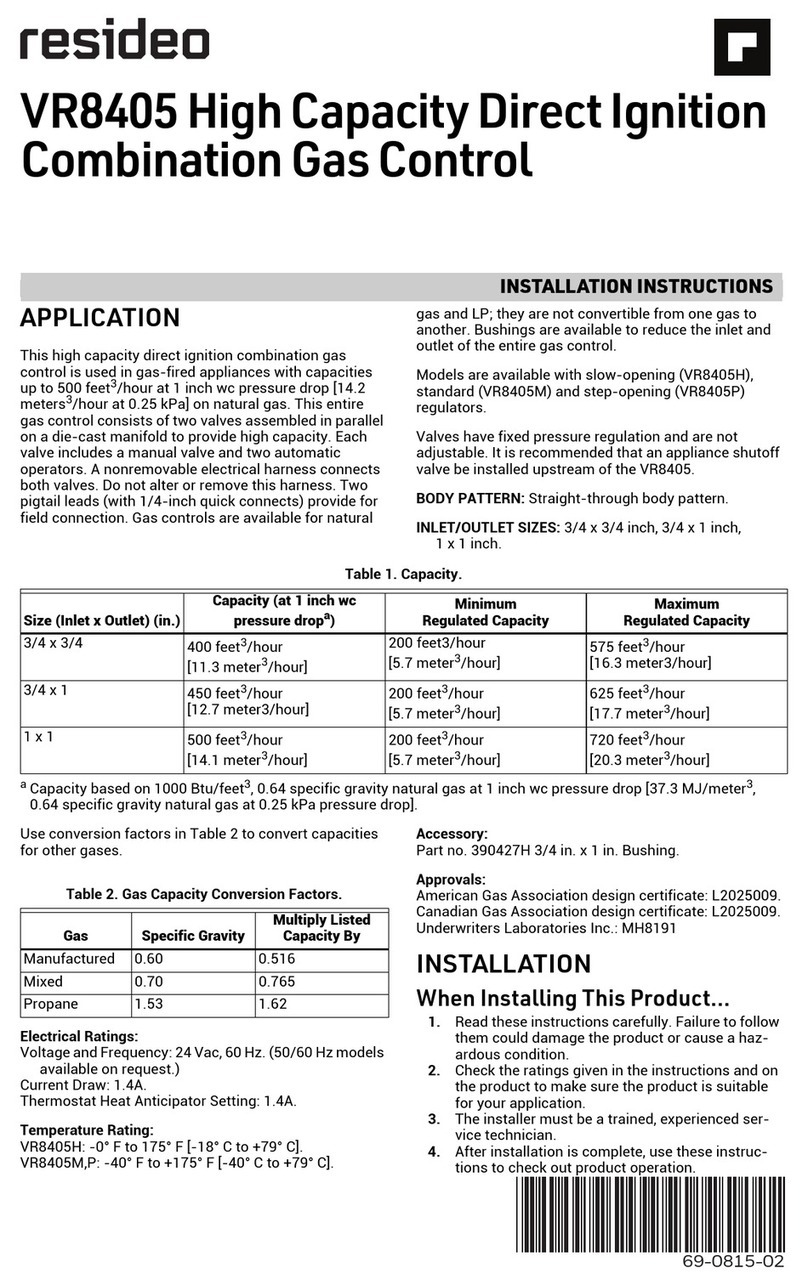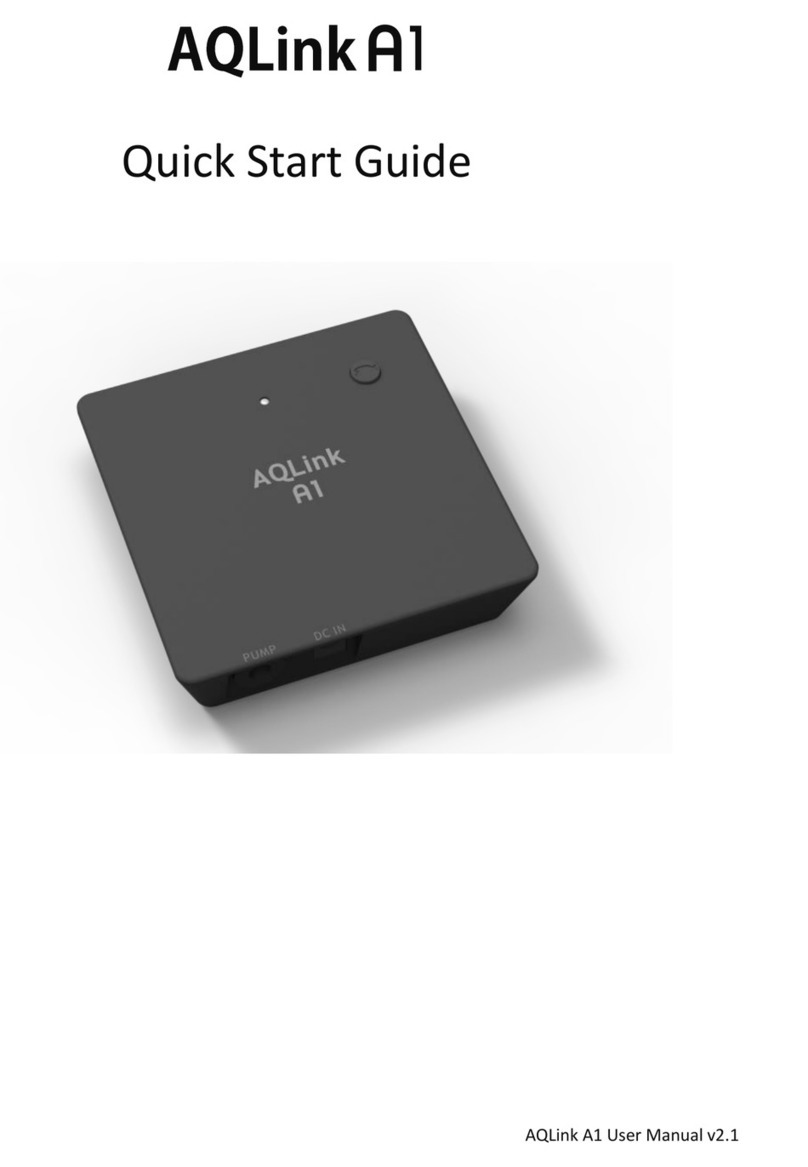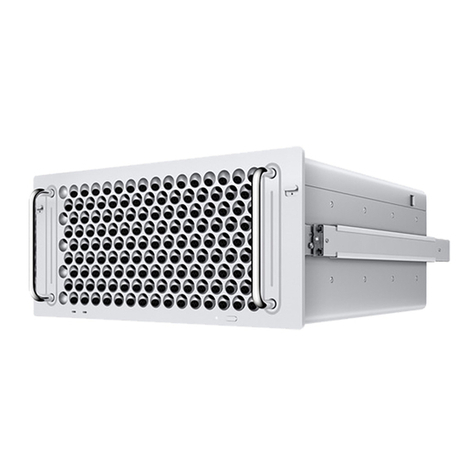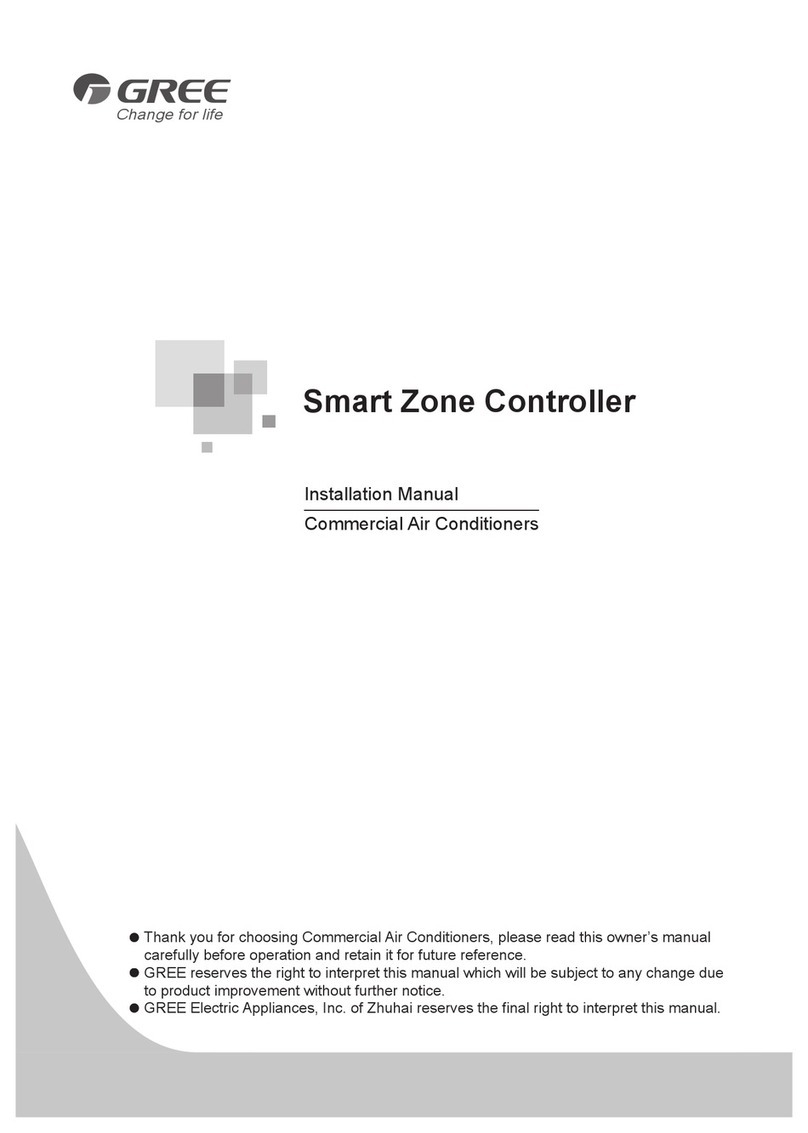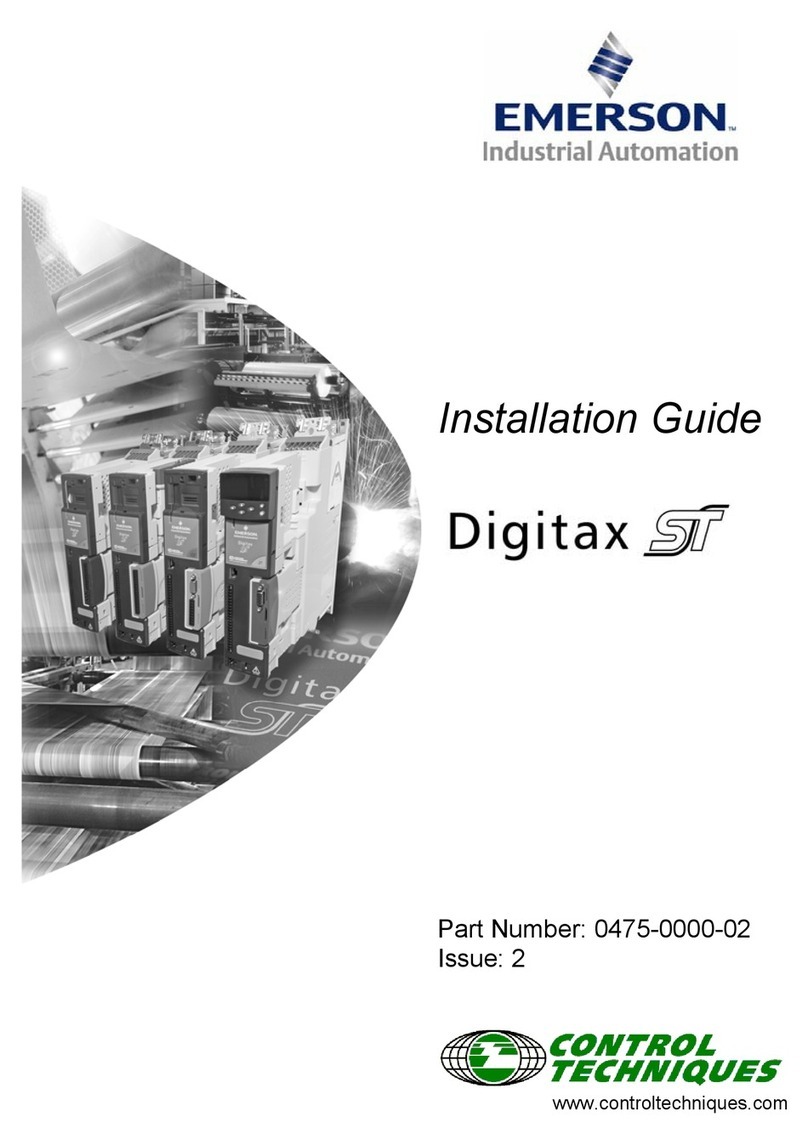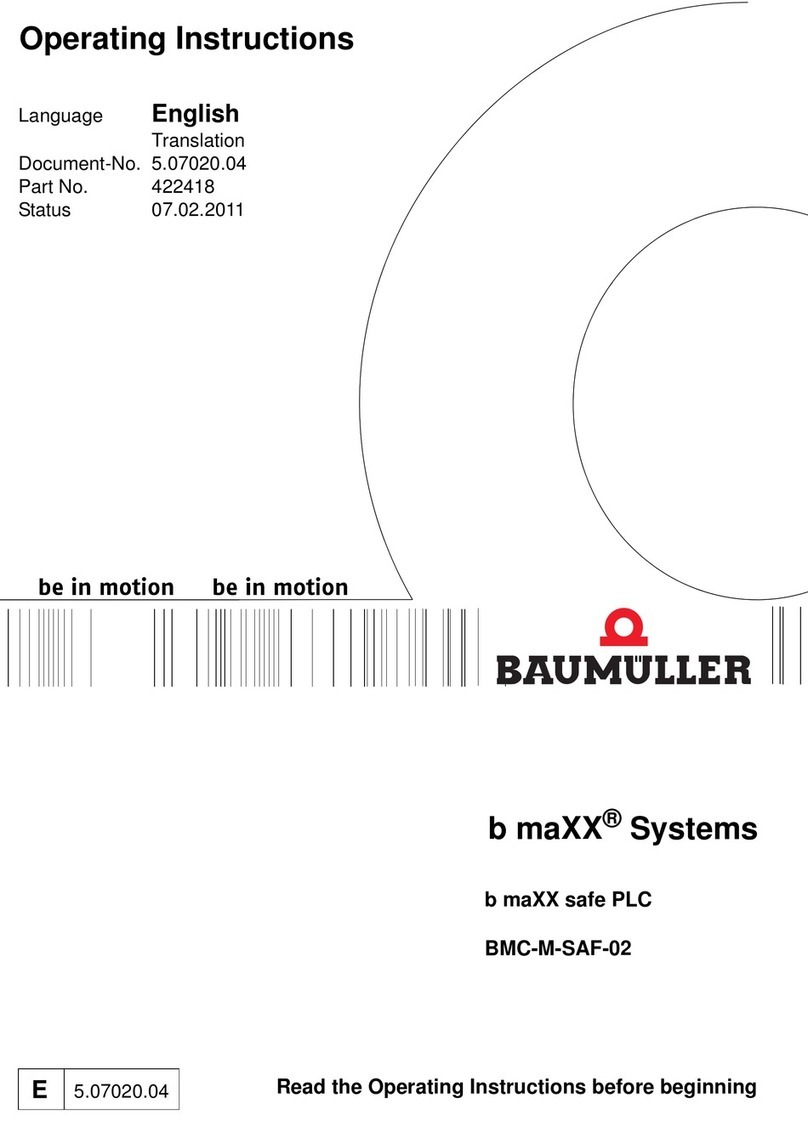DEXTER AXLE E/H 1000 User manual

SERVICE MANUAL
DEXTER AXLE
E/H 1000 & 1600
BRAKE ACTUATORS
www.dexteraxle.comwww.dexteraxle.com
www.dexteraxle.comwww.dexteraxle.com
www.dexteraxle.com

Introduction
This manual has been provided to guide you through the process of
installing, operating, and maintaining your Dexter E/H 1000 or E/H 1600
hydraulic brake system actuator. This electrically powered unit has been
designed and manufactured to give safe, reliable power to your hydraulic
trailer brakes.
Before proceeding, make sure that the unit is appropriate for your particular
brakes. The E/H 1000 produces 1000 psi, typically used for duo-servo
hydraulic drum brakes, while the E/H 1600 produces 1600 psi for most
hydraulic disc brakes. Please refer to your brake manufacturer for proper
operating pressures.
This new Dexter actuator is compatible with many electric brake controllers,
but the best performance will be achieved using an inertial type controller
such as the Dexter Predator DX2. The electronic timer type of controller is
not recommended because these units use a fixed control that does not
sense varying brake requirements.
For all your running gear needs...
Visit us online at
www.dexteraxle.com

-2-
Contents
Installation Instructions ............................................................. 3
Getting Started .................................................................. 3
Electrical Installation Requirements .........................................6
Wire Colors and Function.................................................. 6
Test Electrical Operation .......................................................... 9
Bleeding and Brake Adjustment ............................................. 10
Testing and Adjustment of Controller Unit .............................. 12
Troubleshooting Guide ........................................................... 13
Warranty ................................................................................. 16
Table of Contents

-3-
!
CAUTION
This is the safety alert symbol. It is used to alert you to
potential injury hazards. Obey all safety messages that
follow this symbol to avoid possible injury or death.
Actuator Installation Instructions
Getting Started
The following materials are required to properly install the Dexter
E/H unit. If your trailer is not already equipped with brake lines,
you will need enough 3/16"diameter automotive brake line to
connect the trailer brakes to the unit. Where possible, steel tubing
is preferred.
• Four 1/4" threaded fasteners to mount the unit to the trailer.
• One quart of DOT 3 or DOT 4 brake fluid (from a new
sealed container).
• One emergency breakaway kit - must include a 12 volt,
9 amp hour (minimum) battery.
• Wire (see Electrical Installation Requirements for proper
wire size).
Location of the Dexter E/H actuator is at the discretion of the
vehicle owner. When selecting the location, the following items
should be considered:
1. The shorter the wiring between the unit and the electrical
power source, the smaller the voltage drop.
2. The unit should be located so that the electrical wiring and
brake lines can be neatly routed directly to the towing
vehicle and trailer brakes. Special care should be taken to
minimize the number of bends and fittings in the brake line
circuits.
3. An emergency breakaway kit must be located on the trailer
so that the trailer breakaway cable can be easily attached
to the towing vehicle.
Installation Instructions

-4-
4. The Dexter E/H actuator is powered from the electrical
system on the tow vehicle. In order for the unit to function
properly, it must have adequate electrical power (see
Electrical Installation Requirements).
5. The Dexter E/H unit should not be placed in an area where
it is susceptible to damage from trailer loads, road debris,
or from being stepped on. Failure to protect the actuator
from damage can cause the unit to malfunction and void
the Dexter Axle warranty.
Mounting consideration should be given to the following:
1. The unit must be level, with the filler neck up.
2. It is the responsibility of the customer to provide necessary
fasteners for attachment of the actuator to the trailer.
CAUTION
The Dexter E/H actuator contains sensitive electronics
that must be protected. Drilling additional holes in the
housing, electrostatically painting, or welding anywhere
on the unit will damage the unit making it inoperable and
will void the manufacturer’s warranty. Always remove
the unit from the trailer before doing any welding repair
or modifications to the trailer structure.
Connect the trailer brake lines to the actuator as follows:
1. Remove the red plastic plug from the 3/16"inverted flare
brake port.
2. Brake line must be compatible with DOT 3 & DOT 4 brake
fluid.
3. Flush existing brake system and lines with DOT 3 or DOT 4
brake fluid prior to connecting to the Dexter E/H unit.
4. Connect the brake line from the trailer brakes to the 3/16"
inverted flare fitting on the actuator.
Fill the unit with DOT 3 or DOT 4 brake fluid to the bottom of the
reservoir filler neck. When putting the filler cap back on it should
be turned clockwise until snug.
Installation Instructions

-5-
CAUTION
Always use new DOT 3 or DOT 4 brake fluid from a
sealed container. Never attempt to reuse old or dirty
fluid. Do not overfill the unit. Take care to protect painted
surfaces from contact with the brake fluid. Wash off any
spilled brake fluid.
Mount the emergency breakaway switch and emergency
breakaway battery on the trailer, as detailed in the instruction
sheets provided with the emergency breakaway kit.
Installation Instructions

-6-
Electrical Installation Requirements
CAUTION
Undersized wire will increase electrical resistance and
will prevent proper operation of this unit.
Wire Colors and Function
BLACK – 30 amp 12 volt Supply From Tow Vehicle*
BLUE – Output From In-Cab Electronic Brake Controller
WHITE – Trailer and Tow Vehicle Ground
YELLOW – Cold side of breakaway switch
YELLOW
ORANGE/BLACK
MINIMUM
9 AMP HR BATTERY
It is critical that the BLACK power lead and WHITE ground lead
from the tow vehicle to the input of the actuator are sized and
properly terminated (i.e. dedicated 25-40* amp circuit on the tow
vehicle – 12 gauge wire minimum). 10-gauge wire is
recommended to optimize performance. Consult the SAE wiring
guidelines for proper trailer electrical harness design.
* Low temperature applications below 0° F require a
40-amp circuit.
Electrical Requirements

-7-
Electrical Requirements
The blue wire from the in-cab electronic brake control is
connected to the blue wire on the actuator. The yellow wire from
the actuator is connected to the cold side of the trailer emergency
breakaway switch. Under no circumstances should the blue
wire and the yellow wire be connected together, nor should
the blue wire ever be grounded.
Requires an In-Cab Electronic Control – The Dexter E/H
actuator is intended to be used with an in-cab electronic brake
controller. The unit will operate with a wide variety of controllers
but provides optimum performance when used with a Dexter
electronic brake controller. The in-cab controller must have an
output capacity of at least 5 amps for proper operation of the
Dexter E/H actuator.
CAUTION
It is the responsibility of the end user to ensure that their
in-cab electronic controller is compatible with the Dexter
E/H actuator. Dexter Axle attempts to provide
compatibility with most controllers available, but is
unable to anticipate design changes that might be
introduced by the various controller manufacturers.
Electrical Connections – Make sure all electrical connections
are clean, dry, weather tight, and secure to prevent damage to
the wiring from dragging or becoming entangled with foreign
objects. A dedicated ground connection between the tow vehicle
and trailer is also required.
Breakaway Battery Requirement – To comply with federal
requirements, the trailer must be equipped with a breakaway
switch and battery. The breakaway battery needs to have a
minimum capacity of 9 amp hours and needs to be maintained in
a fully charged condition at all times. The breakaway battery
should be checked for proper charge level before every use.
Charging the Breakaway Battery – The breakaway battery must
be kept fully charged at all times in order to function properly. Use
only those breakaway battery kits that include a charging device.
Do not attempt to charge the breakaway battery directly from the
tow vehicle without the appropriate charging device.

-8-
Note: If the Dexter E/H unit is wired to an on-board trailer
battery instead of a conventional breakaway battery, the unit
will draw a small amount of current even when not in use.
Prolonged periods of non-use (with no recharging) can
deplete an on-board battery. If the vehicle is to be stored, it
is recommended that the battery be disconnected to avoid
being depleted.
Electrical Requirements

-9-
Test Electrical Operation
1. Attach the trailer to the towing vehicle. Do not connect
trailer plug to tow vehicle until step #2 is completed.
2. Pull the breakaway switch. The Dexter E/H unit should run.
If the unit does not run, check breakaway battery condition
and system wiring. Reset the breakaway switch, which will
turn the unit off.
Note: When the unit is running, the motor will generate
a “hum” that changes pitch as the unit builds pressure.
This is normal.
3. Connect trailer plug to tow vehicle.
4. Turn the ignition switch on and turn the in cab electronic
brake controller on. The Dexter E/H unit should run
whenever the brake pedal is depressed. If the unit does not
run, check system wiring.
5. Apply the controller manual slide. The Dexter E/H unit
should run and brake lights come on.
!
CAUTION
Testing the Dexter E/H unit confirms that it is operating.
It DOES NOT confirm that the brakes are operating
properly. Regular inspection, adjustment, and
maintenance of the brakes, lines, hoses, drums, discs,
fluid, and other associated components is necessary to
ensure proper brake operation.
6. Some brake controllers will not produce a high enough
signal voltage to actuate the trailer brakes when the vehicle
is at a standstill. Minimal trailer brake force is produced
when the controller voltage output to the E/H actuator is at
least 3 VDC. Maximum trailer brake force is achieved at 12
VDC.
Test Electrical Operation

-10-
Bleeding and Brake Adjustment
Bleeding and Brake Adjustment
1. It typically is much easier to bleed the brakes with two
people working together.
2. Special care must be taken to insure that the Dexter E/H
unit does not run out of brake fluid. Check the fluid level
frequently during the bleeding process.
3. Block the wheels on the trailer and towing vehicle.
4. If the trailer is equipped with drum brakes, check that the
brake running clearances are properly adjusted consistent
with the trailer manufacturer’s recommendations.
CAUTION
Failure to properly adjust the brakes on trailers equipped
with drum brakes can result in slower response time of
the Dexter E/H unit.
5. Loosen the bleed screw on the Dexter E/H unit and install
plastic tubing onto the bleeder.
6. Immerse the free end of the plastic tubing in a clean
container partially filled with brake fluid.
7. With eye protection on, open the bleeder screw one half
turn on the Dexter E/H unit. Take care to protect you and
the trailer from brake fluid expelled from the bleeder.
8. Activate the Dexter E/H unit by turning on the ignition
switch and pressing on the brake pedal or the manual
control on the in-cab controller.
9. Watch the free end of the bleeder hose for air bubbles
escaping into the container.
10.Continue to bleed until the fluid becomes clear and free of
bubbles.
11.Tighten the bleeder screw, turn off the Dexter E/H unit, and
remove the plastic tubing from the bleeder screw. Bleeding
of the actuator is now complete.

-11-
12.Install plastic tubing onto the bleeder screw of the wheel
cylinder/caliper.
13.Immerse the free end of the plastic tube in a clean
container partially filled with brake fluid.
14.Open the bleeder screw one half turn on the wheel
cylinder/caliper farthest from the Dexter E/H unit. If towed
vehicle has multiple axles, always start with the rear axle
first.
15.To activate the Dexter E/H unit, turn the ignition switch on
and press on the brake pedal.
16.Watch the free end of the bleeder hose for air bubbles
escaping into the clear container. Continue to bleed the
wheel cylinder/caliper until the fluid becomes clear and free
of bubbles.
CAUTION
Do not run the Dexter E/H actuator without adequate
brake fluid in the reservoir as it will damage the unit and
void the warranty. Check all bleeder screws to ensure
that they are securely closed and do not leak.
17.Tighten the bleeder screw, turn off the Dexter E/H unit, and
remove plastic tubing from the bleeder screw. Bleeding of
the wheel cylinder/caliper is now complete.
18.Refill the Dexter E/H unit with brake fluid.
19.Continue the above process (steps 12 through 18) on the
next farthest brake away from the actuator.
20.Repeat these steps until all the brakes have been bled.
21.New trailers with disc brakes should be bled at least twice.
Any air in the brake system will cause brake delay with an
E/H system.
Bleeding and Brake Adjustment

-12-
Testing and Adjustment
of Electronic Controller Unit
1. Adjust the gain setting on the in-cab controller to a mid
range setting.
2. Drive vehicle at 10 to 15 m.p.h..
3. Apply the brakes. If braking is too severe, adjust the gain
setting down to decrease pressure and retest. If braking is
inadequate, increase the gain setting on the in-cab
electronic controller and retest.
4. Repeat this process until the brakes respond appropriately.
!
CAUTION
The appropriate pressure setting will vary depending on
the weight of the load being transported on the trailer,
weather conditions and road conditions. The “Testing
and Adjustment of Electronic Controller Unit” procedure
should be repeated each time the trailer is used. Failure
to properly adjust the Dexter E/H actuator may result in
poor brake performance and could result in serious or
fatal injuries and/or property damage.
Testing and Adjustment

-13-
Troubleshooting Guide
Unit will not run or brakes are slow to respond. To determine
if the unit is functioning properly, perform the checks
outlined below
1. Verify that the trailer and tow vehicle are wired according to
the electrical schematic shown in “Electrical
Requirements”.
2. Re-bleed the trailer brakes and actuator.
3. If the trailer is equipped with drum brakes, re-adjust the
drum brakes to the trailer manufacturer’s recommended
running clearance.
4. Trailer wiring that is too small can cause slow response
(see section on Electrical Installation Requirements).
5. Slow response can be caused by brake line restrictions.
The trailer brake lines must be at least 3/16" in diameter.
Steel tubing is preferred over flexible hoses.
6. Check to see if the white ground wire runs directly to the
tow vehicle ground. IT MUST NOT BE GROUNDED TO
THE TRAILER ONLY. IT IS IMPORTANT THAT THIS
GROUND WIRE RUNS DIRECTLY TO THE TOW
VEHICLE’S BATTERY GROUND. NO EXCEPTIONS.
7. Detach all wires from the Dexter Axle E/H unit leaving only
the blue, black, white, and yellow wires. It is important that
the unit is disconnected from any other wires going to the
towing vehicle or breakaway switch and breakaway battery.
Failure to do so may result in a faulty test.
8. Using a 12 volt battery, connect the white wire to the
negative (-) terminal of the battery.
9. Connect the black wire to the positive (+) terminal of the
battery. The motor should not run. If the motor runs, the
unit may be defective.
10.Leave the white wire connected to the negative (-) terminal
of the battery.
11.Connect the blue and black wires together to the positive
(+) terminal of the battery.
12.The motor should run and the unit should pressurize.
Troubleshooting

-14-
Troubleshooting
13.If this does not occur, the unit may be defective.
14.Leave the white wire connected to the negative (-) terminal
of the battery.
15.Connect only the yellow wire to the positive (+) terminal of
the battery.
16.The motor should run and the unit should pressurize.
17.If this does not occur, the unit may be defective.
18.If the unit checks OK, reconnect the wires leading to the
trailer plug and repeat steps 9 through 14 at the trailer plug.
If you do not get the same results as before, the problem is
in the trailer wiring or the electronic brake controller.
Using the breakaway system to troubleshoot a unit that is
not operating correctly
1. With a fully charged breakaway battery and trailer plug
disconnected, pull the breakaway switch on the trailer.
a. If the unit runs and builds pressure, the breakaway
system is functioning properly.
b. If the unit runs and builds pressure when the breakaway
switch is pulled but will not function under normal
operating conditions, the problem most likely is a
defective in-cab controller or defective wiring between
the tow vehicle and Dexter E/H actuator.
c. If the unit runs but will not build pressure when the
breakaway switch is pulled, the Dexter E/H unit may be
defective.
d. If the unit does not run, measure the DC voltage
between the white wire and the yellow wire. If the
voltage is less than 12 volts, either the breakaway
switch or the breakaway wiring is defective.
2. After completing the above steps, reset the breakaway
switch and reconnect the trailer plug.
Trailer brakes too aggressive
1. Reduce the gain setting on the in-cab electronic brake
controller.
2. Check brake adjustment.

-15-
Trailer brakes not aggressive enough
1. Increase the gain setting on the in-cab electronic brake
controller.
2. Check brake adjustment.
Troubleshoooting

-16-
Dexter Axle Limited Warranty
WHAT PRODUCTS ARE COVERED
All Dexter trailer axles, suspensions, and brake control systems
excluding Dexter 6000 series Manufactured Housing Axles.
LIMITED 2 YEAR WARRANTY
Dexter Axle warrants to the original purchaser that its axles,
suspension systems, and E/H hydraulic brake actuators shall be free
from defects in material and workmanship for a period of two (2) years
from the date of first sale of the trailer incorporating such components.
LIMITED 5 YEAR WARRANTY
Dexter Axle warrants to the original purchaser that its Nev-R-Lube™
bearings and the suspension components only of its Torflex® axles
shall be free from defects in material and workmanship for a period of
five years from the date of first sale of the trailer incorporating such
components.
LIMITED 7 YEAR WARRANTY
Dexter Axle warrants to the original purchaser that its Predator
Series™ electric brake controllers shall be free from defects in material
and workmanship for a period of seven (7) years from the date of
purchase.
EXCLUSIVE REMEDY
Dexter Axle will, at its option, repair or replace the affected components
of any defective axle, repair or replace the entire defective axle, or
refund the then-current list price of the axle. In all cases, a reasonable
time period must be allowed for warranty repairs to be completed.
Allowance will only be made for installation costs specifically approved
by Dexter Axle.
WHAT YOU MUST DO
In order to make a claim under these warranties:
1. You must be the original purchaser of the vehicle in which the
Spring Suspension Axles or Torflex® Axles were originally
installed.
2. You must promptly notify us within the warranty period of any
defect, and provide us with the axle serial number and any
substantiation which may include, but is not limited to, the return
of part(s) that we may reasonably request.
3. The axles or suspensions must have been installed and
maintained in accordance with good industry practice and any
Warranty

-17-
specific Dexter Axle recommendations, including those specified
in Dexter Axle’s publication “Operation Maintenance Service
Manual.”
EXCLUSIONS
These warranties do not extend to or do not cover defects caused by:
1. The connecting of brake wiring to the trailer wiring or trailer wiring
to the towing vehicle wiring.
2. The attachment of the running gear to the frame.
3. Hub imbalance, or any damage caused thereby.
4. Parts not supplied by Dexter Axle.
5. Any damage whatever caused by or related to any alteration of
the axle including welding supplemental brackets to the axle.
6. Use of an axle on a unit other than the unit to which it was
originally mounted.
7. Normal wear and tear.
8. Alignment.
9. Improper installation.
10. Unreasonable use (including failure to provide reasonable and
necessary maintenance as specified in Dexter Axle’s publication
“Operation Maintenance Service Manual” including required
maintenance after “Prolonged Storage”).
12. Improper wheel nut torque.
13. Cosmetic finish or corrosion.
LIMITATIONS
1. In all cases, Dexter Axle reserves the right to fully satisfy its
obligations under the Limited Warranties by refunding the
then-current list price of the defective axle (or, if the axle has
been discontinued, of the most nearly comparable current
product).
2. Dexter Axle reserves the right to furnish a substitute or
replacement component or product in the event an axle or any
component of the axle is discontinued or is otherwise unavailable.
3. These warranties are nontransferable.
GENERAL
THE FOREGOING WARRANTIES ARE EXCLUSIVE AND IN LIEU OF
ALL OTHER WARRANTIES EXCEPT THAT OF TITLE, WHETHER
WRITTEN, ORAL OR IMPLIED, IN FACT OR IN LAW (INCLUDING
Warranty

-18-
ANY WARRANTY OF MERCHANTABILITY OR FITNESS FOR A
PARTICULAR PURPOSE).
These warranties give you specific legal rights, and you may also
have other rights which vary from state to state.
THE DURATION OF ANY IMPLIED WARRANTIES, INCLUDING
THE IMPLIED WARRANTIES OF MERCHANTABILITY AND
FITNESS FOR A PARTICULAR PURPOSE, ARE LIMITED TO THE
DURATION OF THE EXPRESS WARRANTIES HEREIN. DEXTER
AXLE HEREBY EXCLUDES INCIDENTAL AND CONSEQUENTIAL
DAMAGES, INCLUDING LOSS OF TIME, INCONVENIENCE, LOSS
OF USE, TOWING FEES, TELEPHONE CALLS OR COST OF
MEALS, FOR ANY BREACH OF ANY EXPRESS OR IMPLIED
WARRANTY, INCLUDING THE IMPLIED WARRANTIES OF
MERCHANTABILITY AND FITNESS FOR A PARTICULAR
PURPOSE.
Some states do not allow limitations on how long an implied warranty
lasts, or the exclusion or limitation of incidental or consequential
damages, so the above exclusion or limitation may not apply to you.
Inquiries regarding these warranties should be sent to:
Dexter Axle
P.O. Box 250
Elkhart, Indiana 46515
Warranty

-19-
Service Record
Date Service Performed Mileage
This manual suits for next models
1
Table of contents
